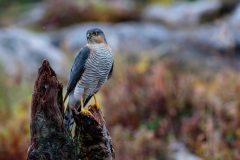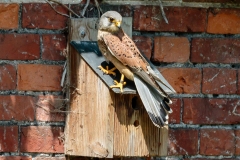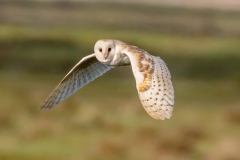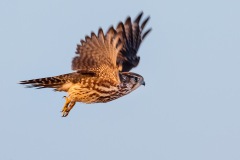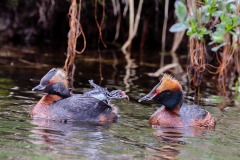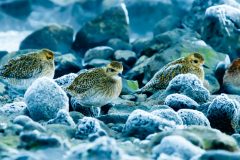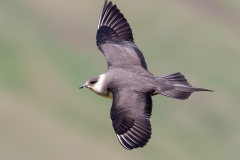Birds in Iceland and other animals
Among the birds in the pictures are some vagrants that have strayed to Iceland across the Atlantic Ocean, such as the Common Kingfisher, which has been sighted only once in Iceland, and Grey Herons, mainly young birds from Norway. There are also photos of birds that breed in Iceland, from small passerines like Goldcrests and Winter Wrens to White-tailed Eagles, Gyrfalcons, Merlins and and Short-eared Owls.
One page contains pictures of birds in other countries, including Golden Eagles in northern Sweden and Finland, a Sparrow Hawk, Kestrel, Red-backed Shrike and a Dartford Warbler in Norfolk, England.
Last but not least there are some pictures of seals, an Arctic Fox, Red Fox, Field Mouse and a flying fish.
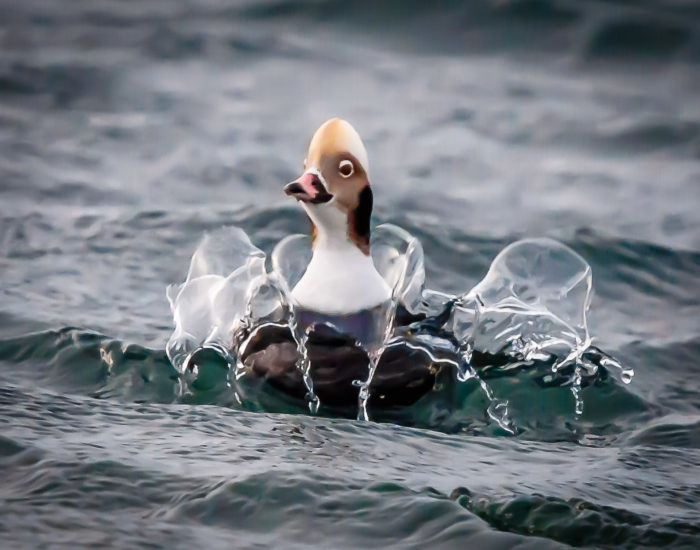










Falcons, vagrants and other birds
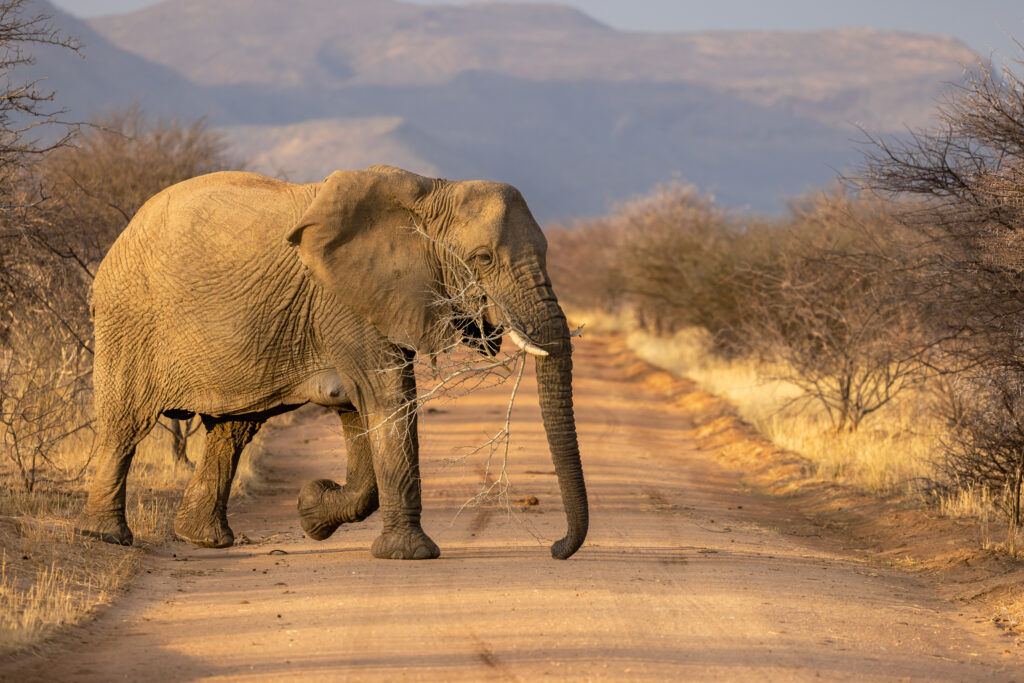
Rich and diverse wildlife in Namibia
Namibia is endowed with rich and diverse wildlife despite its arid climate and deserts that cover big parts of the country. In fact, one of the most fascinating aspects of Namibian wildlife is how many of the animals have adapted to the harsh desert terrain.
My wife and I went to Namibia for three weeks with Obeo Afrika, https://obeoafrika.is/, in October 2022 and saw many of the animals, such as elephants, lions, giraffes, cheetahs, antelopes, meerkats, Cape Fur Seals, crocodiles, hippopotami, warthogs, zebras, rhinos, baboons and some unique desert species like the Namib Dune Gecko, Shovel-snouted Lizard, and Namaqua Chameleon. You can see pictures of the animals here and in the video below.
Weavers, secretaries, raptors and lovebirds
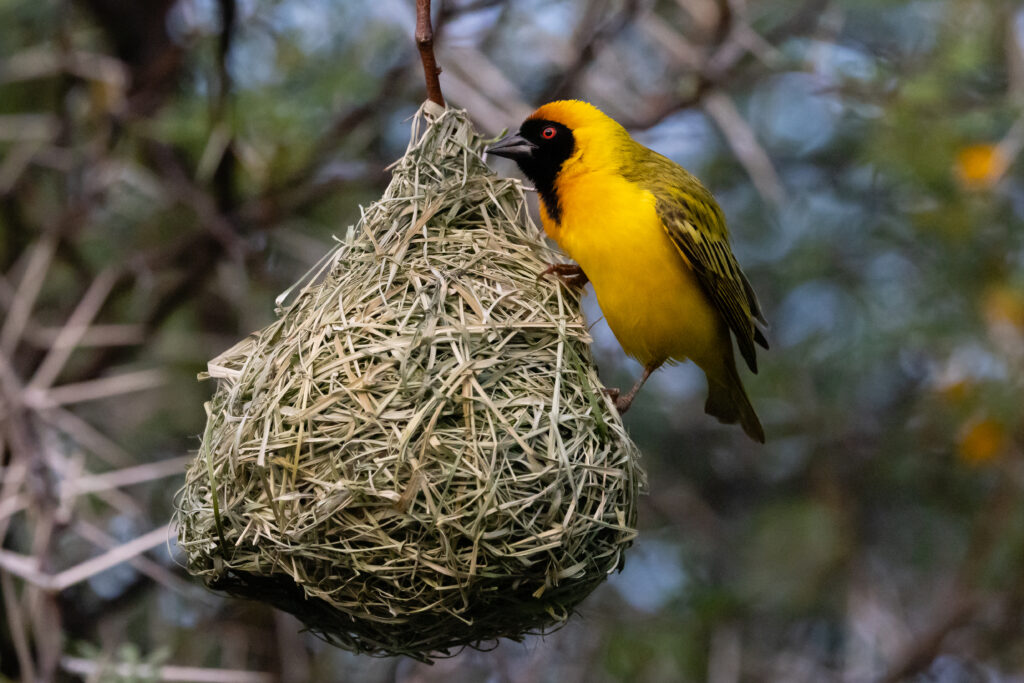
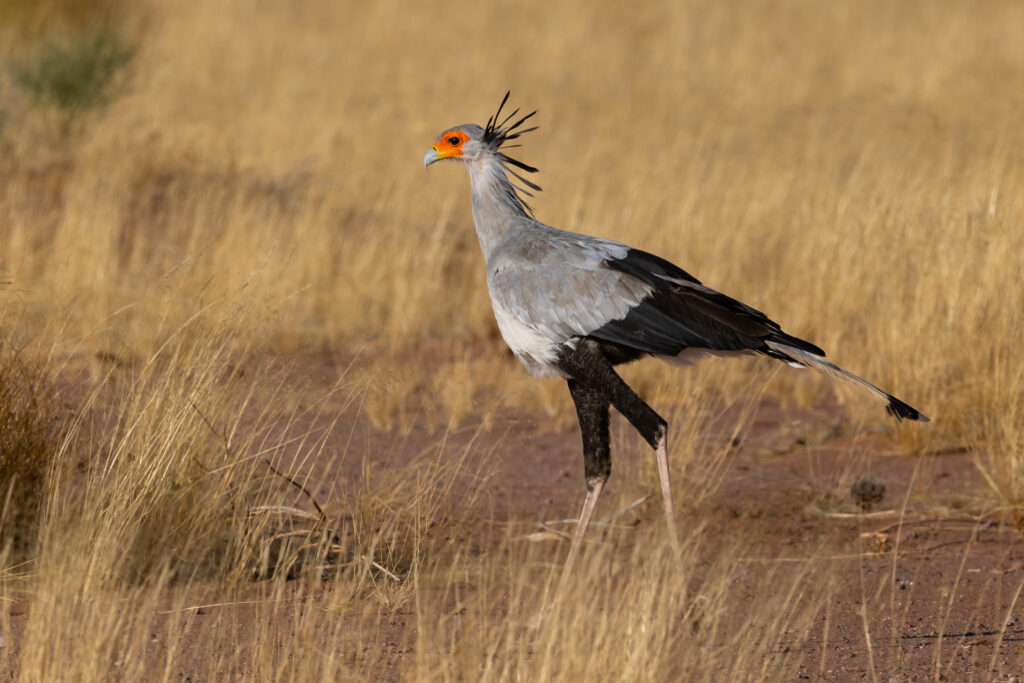
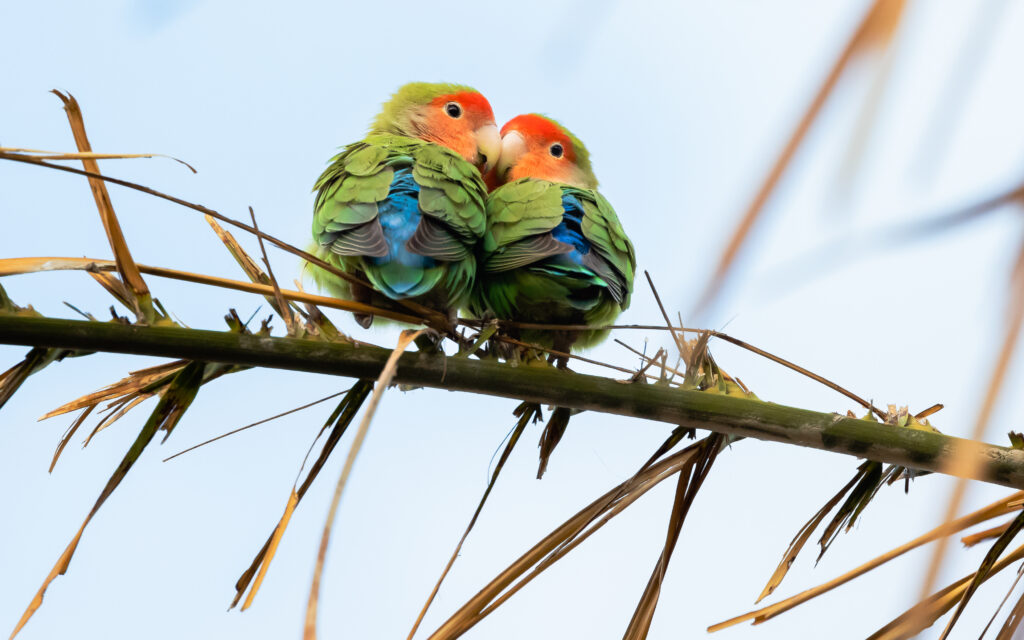
Namibia supports a highly diverse avifauna of almost 690 species, including over 90 species endemic to southern Africa. We saw many of these birds, such as secretarybirds, weavers, hornbills, eagles, and hawks, and the icing on the cake for the travelling Icelanders were the beautiful flamingos and lovebirds.
Weavers are conspicuous in Namibia, for instance, the Southern Masked Weaver and Sociable Weavers. The Southern Masked Weaver nests in colonies and weaves the nests from grass, reed, and palm. The Sociable Weaver is endemic to Namibia, Botswana, and South Africa. The weavers build huge compound community nests that are among the most spectacular structures built by birds. They are large enough to provide a home for over a hundred pairs of birds. Some nests weigh several tons and can get so heavy that they knock down the supporting tree. Sometimes the weavers build their nests on electric or telephone poles. Many small birds, such as lovebirds, reside in those nests, and bigger birds like eagles, owls, and vultures often roost on the nests‘ roofs.
The cuddliest birds we saw were Rosy-faced Lovebirds, native to the Namid desert and other arid regions in southwestern Africa. They are known for their sleeping and resting positions when the pairs sit side-by-side and turn their faces toward each other. They are very social, and sometimes hundreds of birds gather when food is plentiful. They eat mainly seeds and berries.
We also saw huge flocks of flamingos in Walvis Bay, on a lagoon attracting tens of thousands of birds, including both the Greater and Lesser Flamingos. The Lagoon and salt pans near Walvis Bay are among southern Africa’s most important coastal wetlands. The birds feast on small shrimp, seeds, algae, and molusc.
Using their feet the birds stir up the mud, suck water through their bill and filter out the food. The Greater Flamingo is the largest and most widespread species of the flamingo family and lives in Africa, southern Europe, the Indian subcontinent, and the Middle East. The Lesser Flamingo is the smallest and most numerous species. It is found in sub-Saharan Africa and western India.

